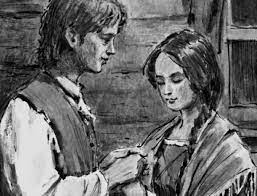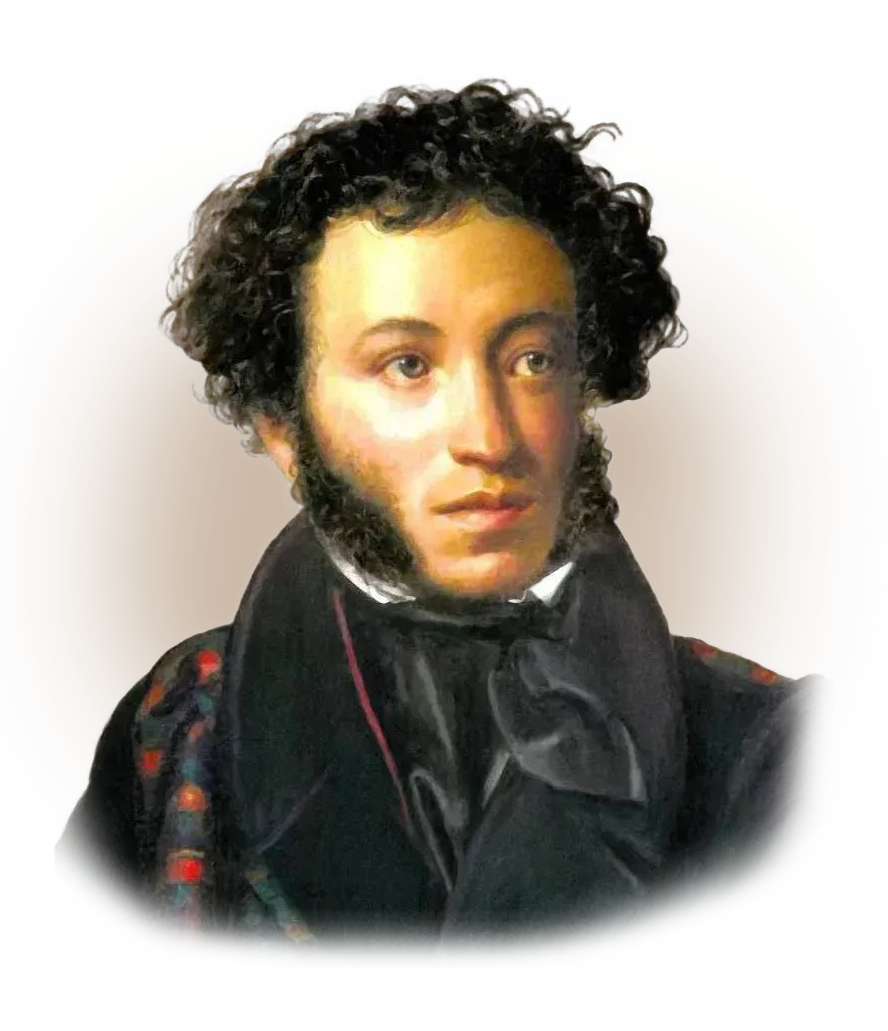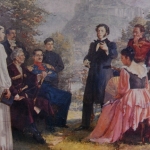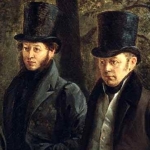
25.04.2023
“The Captain’s Daughter” is a novel written by Alexander Pushkin, which was first published in 1836. The novel portrays the image of power in different forms.
One of the most evident forms of power in the novel is the power of the government, which is embodied in the character of the captain. The captain represents the Tsarist regime and is shown to have complete control over the lives of the people living in his town. He is a strict disciplinarian and is feared by everyone, including his daughter.
Another form of power is that of the aristocracy, represented by the character of Grinyov’s father. He is shown to be a wealthy landowner who has considerable influence over the lives of the peasants who work on his land. He is depicted as being callous and indifferent to the suffering of the people under his control.
The power of the military is also evident in the novel. Pugachev, the leader of the rebellion against the Tsarist regime, is a former soldier who has the support of many of the soldiers in the area. He is able to use this support to gain control over the town and to challenge the authority of the captain.
The power of love is also portrayed in the novel, particularly in the relationship between Grinyov and Masha. Although they come from different social classes, they are able to overcome the barriers that separate them and ultimately find happiness together.
Overall, “The Captain’s Daughter” presents a complex and multifaceted image of power, with different characters representing different forms of power and the ways in which they are used to control and influence the lives of others.






